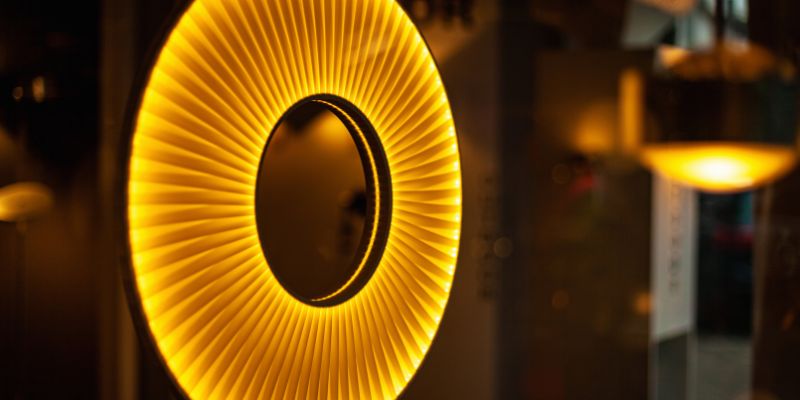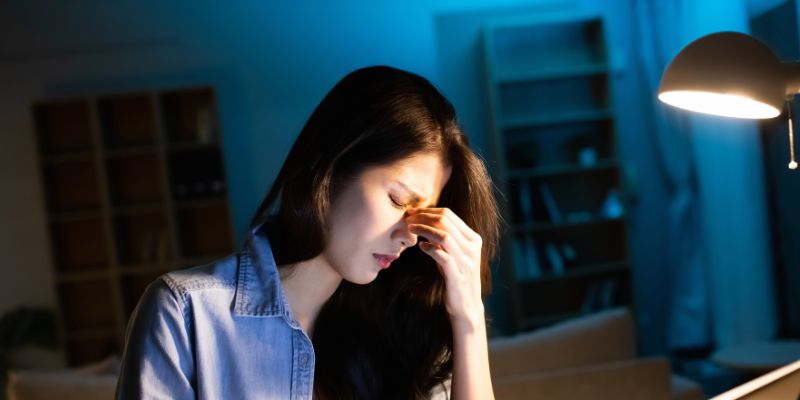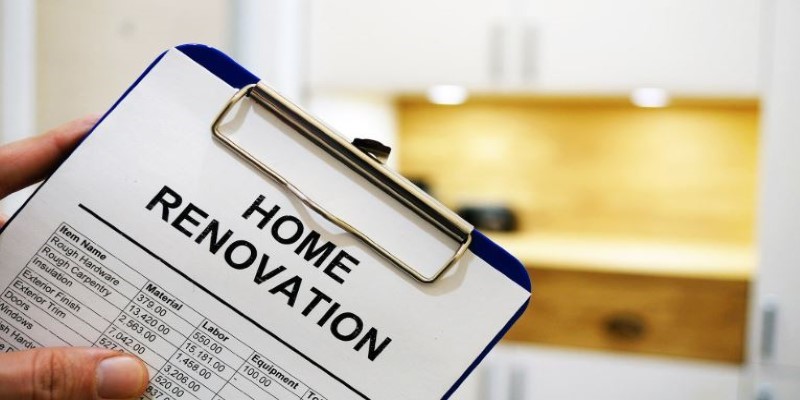Best Lightbulbs to Buy When You Have Chronic Migraine: A Comprehensive Guide
Migraines can be quite bothersome and painful; light sensitivity typically aggravates them. Many persons with chronic migraines find great difficulty with strong, flickering, or fluorescent illumination. Headaches, nausea, and eye strain can all follow from this. The incorrect lightbulbs in your house or office could be unknowingly aggravating your symptoms. Selecting appropriate lightbulbs can help lower migraine triggers and improve the comfort of the surroundings.
Some forms of light, such as fluorescent lamps and blue light, are well-recognized to irritate people. Conversely, warm, low, or changeable lighting can help to relax the eyes and reduce sensitivity. The greatest lightbulbs for relief from chronic migraines will be found with this advice. Whether your migraines need green light treatment, smart bulbs, or soft LED lights, the correct lighting options can significantly help control them.

Why Light Sensitivity Matters for Migraine?
Those with migraines sometimes have photophobia or great sensitivity to light. Some light, particularly blue and fluorescent light, can aggravate symptoms. Headaches, nausea, and eye strain could all result from bright, flickering, or harsh lighting. Studies find that blue light causes the most trouble for those with migraines. It increases brain activity and may either aggravate or cause migraine headaches. Many digital devices, LED lights, and daylight bulbs emit strong blue light. Hence, exposure in daily life is inevitable.
Warm, dim, or filtered light, on the other hand, can aid in relaxing the eyes and lessen pain. Gentle and less prone to induce strain is soft, yellow-toned lighting. Green light treatment or tinted glasses help some people find relief that might lessen migraine frequency and intensity. Through light exposure regulation, migraine sufferers can create pleasant surroundings that reduce triggers. Effective management of migraine symptoms depends much on the illumination chosen.
Best Lightbulb Types for Chronic Migraine
Below are the best lightbulb types that can help reduce light sensitivity and create a more comfortable environment for migraine sufferers.
Warm LED Lightbulbs
Energy-efficient LED lights run longer than standard bulbs. Not all LEDs, meanwhile, are fit for those with migraines. Some release strong blue light, which might cause issues. Select warm LED lights with a Kelvin rating of about 2,700K to reduce discomfort. These give the eyes simpler viewing with a pleasant, yellowish glow. Steer clear of bulbs marked as cool white or daylight since they emit more blue light, which can set off migraines. Check whether your lighting arrangement fits some LED bulbs since some depend on suitable fittings. While reasonably priced, the correct LED bulbs can assist in creating comfortable surroundings.

Halogen Lightbulbs
Another possibility for migraine sufferers is halogen lamps. They are less prone to cause discomfort than LED bulbs as they neither flutter. For people who are sensitive to light, these lamps create pleasant illumination that can be relaxing. They are especially helpful for task illumination, such as kitchens or study spaces. Halogen lamps, meantime, often get hot. Steer clear of touching them straight after usage to avoid burns. Halogen lamps are a good substitute for migraine sufferers even if their energy efficiency is lower than LEDs since they are consistent, flutter-free light.
Smart Lightbulbs
Smart lightbulbs are a great solution for those with migraines because they provide customized illumination choices. Depending on your demand, they let you change color, temperature, and brightness. Certain smart bulbs allow you to create routines to progressively vary brightness over the day or turn on warm or cool light. This adaptability can lower light sensitivity and provide more migraine-friendly surroundings. One may manage these bulbs with a Bluetooth, tablet, or smartphone app. It helps during a migraine attack by letting you change lighting without running across unexpected brightness.
Green Light for Migraine Relief
According to recent research, green light is the least likely trigger of migraines. Unlike blue, white, or amber light, green light delivers fewer messages to the brain, lessening discomfort. Relieving migraines with a green light is more difficult than hanging a green lamp. Rather, specific green light treatment lights are advised. These lamps are made to produce exact wavelengths of pure green light. Try spending a fixed daily duration in a darkened room with a green light source for migraine therapy. Regular green light therapy has some migraine sufferers report less sensitivity and suffering.
Human-Centric or Integrative Lighting
Modern human-centric lighting improves indoor environments by combining several kinds of lighting. Studies find that light influences general well-being, emotions, and the brain. This idea guarantees that daily activities are supported by lighting and reduces migraine triggers. You might require professional guidance to apply this lighting. The arrangement should call for mild, ambient lighting scattered throughout the space. The light should point either away from direct view or upward. Perfect lighting would let you change brightness depending on the time of day. Brighter lights could be required in some settings, such as kitchens or offices. These should be offset in the remainder of the space by softer, indirect lighting. For those with migraines, a well-balanced lighting design can help to lower light sensitivity and enhance comfort.
Adjustable Lighting
Through a dimming switch, one can regulate light depending on migraine conditions. Having the ability to change lighting can reduce discomfort caused by either strong or weak lights. However, harsh illumination is uncomfortable for detailed activities like reading or working. Think about a mellow LED lamp rather than brilliant overhead lights. It lowers glare and strain while yet giving ample illumination. In living areas and bedrooms especially, dimmable lighting solutions are quite helpful. Reducing the evening light can create a relaxing environment and aid in lessening migraine triggers.
Conclusion:
Selecting the correct lightbulbs can help to lower migraine triggers and make the environment more pleasant. Steer clear of strong and blue light since they aggravate conditions. Choose halogen lights, warm LED bulbs, or smart bulbs with brightness changes instead. Furthermore, helping to alleviate migraine pain is green light therapy. Human-centric designs and adjustable lights help balance brightness over the day, enhancing comfort. These little adjustments will greatly lower light sensitivity and enhance daily living. Choosing appropriate lighting solutions is one of the best strategies to control migraines and design migraine-friendly surroundings.












